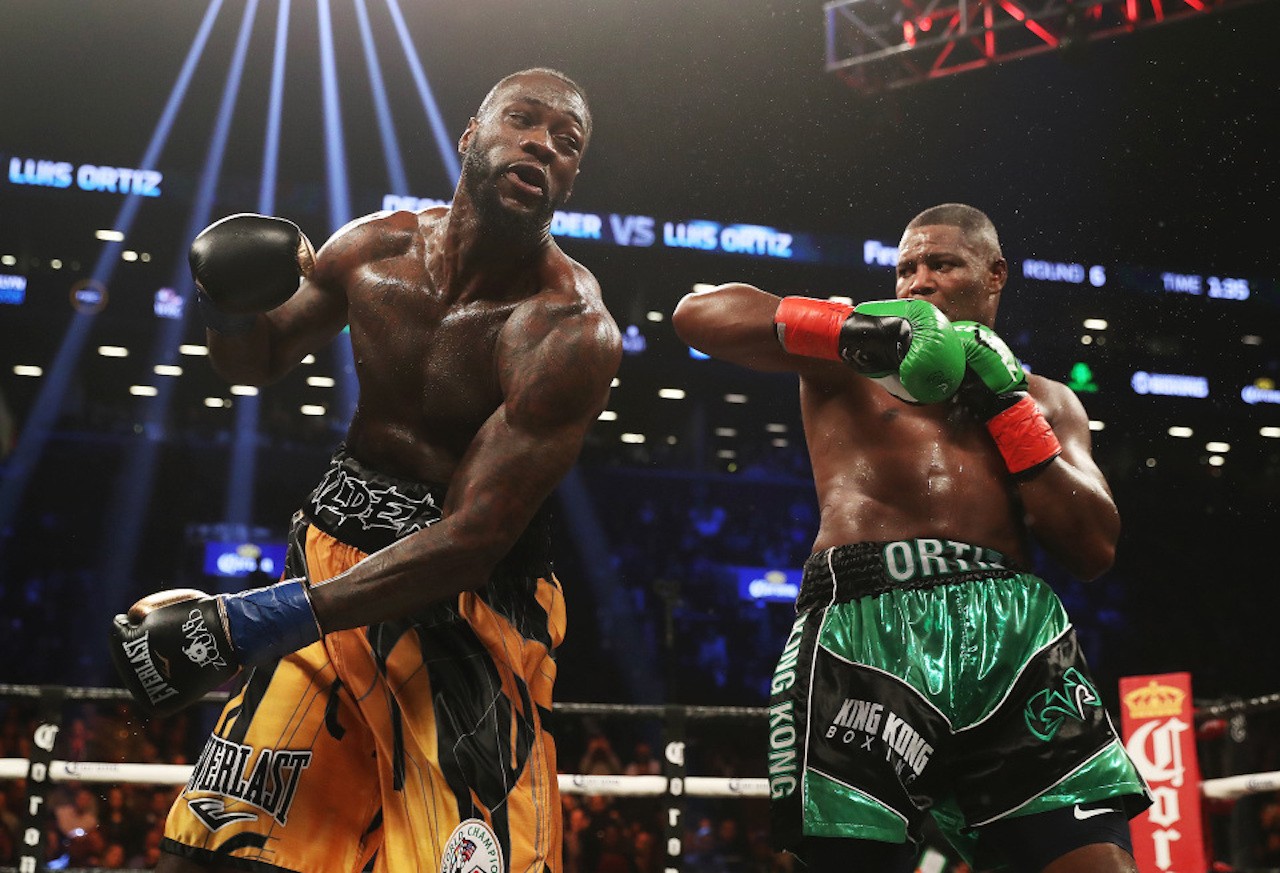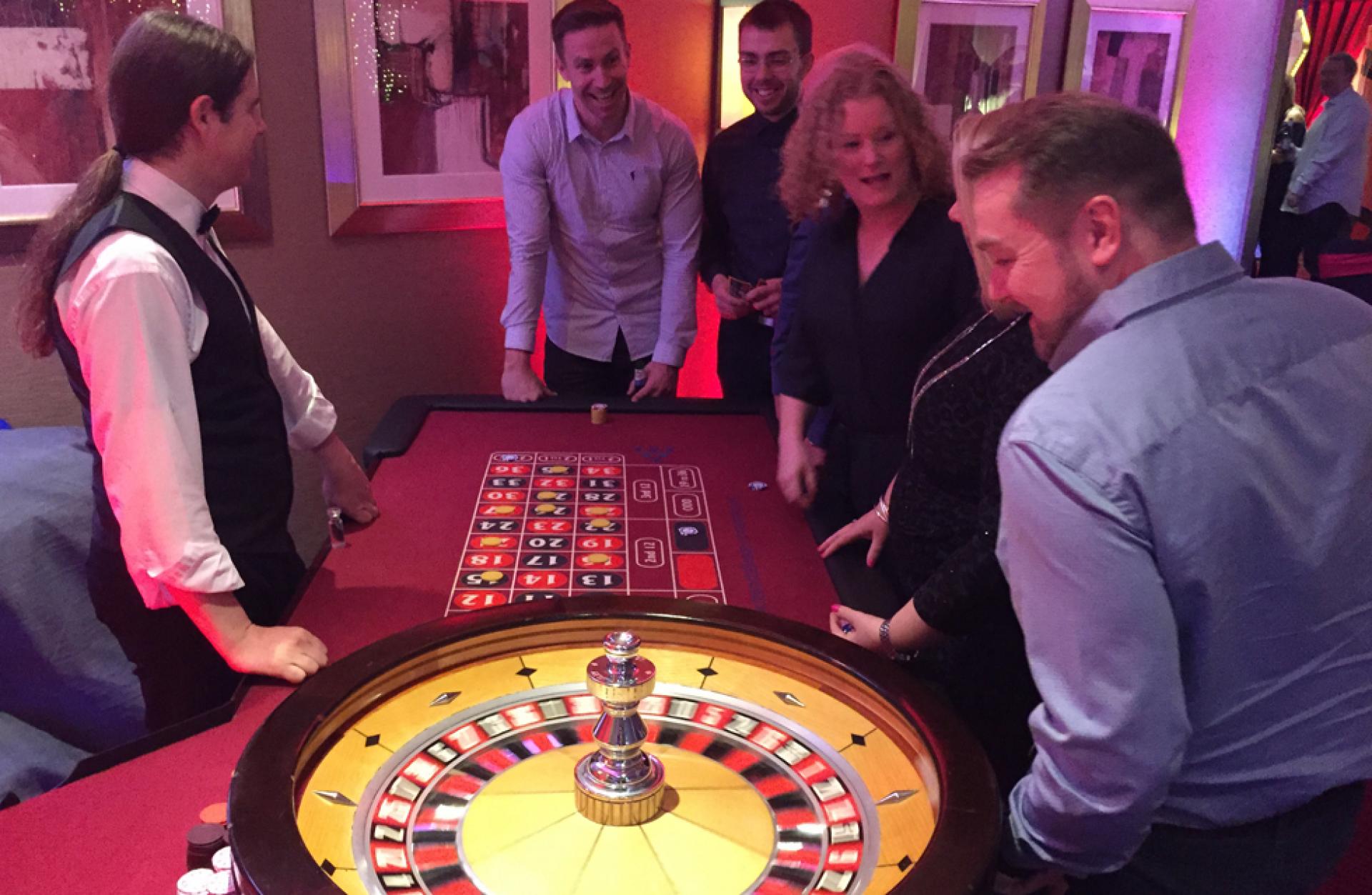He developed a system so good that it not only beats craps but it overwhelms roulette. In my opinion, the Stearn Strategy is one of the finest, if not the best roulette system ever created! But, it also produces stunning profits at baccarat and mini-baccarat. The Stearn Strategy is a “knock ‘em down take no prisoners” type of baccarat. Knockout Craps is Now the Best Professional Level Craps System For Land-based Craps Play! Imagine that you could walk up to any craps table, buy in for $300 and then start winning. This is the experience you will have as a Knockout Craps player. First you’ll set up your Percentage Plus bets. The Hammerlock Craps System Sets Up Powerful Player Advantage Bets That Win No Matter What The Table is Doing! Craps systems are usually divided into hot table systems, cold table systems and neutral systems. To win with one of these systems, you first must know what the craps table will do.
I recently started playing the Dark Side, and I think that I am a complete failure at it.Hi. New here, but really like the Forum.
I'm not a Craps newbie but, after a long lay-off, have recently decided to try to get better skilled at it. So, I purchased the 'Knockout Craps' strategy, studied for hours, practiced it (simulator), and generally re-learned the game. The 'Knockout Craps' is a don't-side grinder approach.
So here is what happened. I went to Charlestown, WV, mid-day on Saturday. Not crowded. One table was packed. The other was obviously struggling, and eventually everyone left. I figured it was a perfect opportunity to start my 'don't' strategy as the only player, and approached the table. The strategy calls for equal pass/don't pass line bets, then leveraging the don't with Odds, once you have a point. The only thing that can hurt you on the come-out is a 12.
I start off by rolling two straight 12s. Awesome.
No problem. The strategy calls for a bankroll of $1200, which I had, and I was ok. I finally get a point, and get a DC number up. I promptly knock off my DC number, then hit the point. Awesome.
I do it again - get another number and a DC set up (after losing one to an 11). And then I promptly knock down the DC number and hit my point again. And then I do the same thing a third time! Three straight points! Three straight DC numbers knocked down! No one else at the table but me.
Knockout Craps System
The strategy calls for increased bets and increased odds, so I was now down over $300. The dealers are all awkwardly gazing at the felt, as if they don't want to continue to watch this train wreck. The pit boss looks over at me and says, 'Hey, I just want you to know that we're all pulling for a seven for you.' LOL.So, I finally hit a seven on the next number (after knocking down my DC box bet again), and then some dude shows up that they all know. Great old guy, big smile, Scottish accent. The party was starting! I bet the don't and he rolled the dice on the right side. The smiling Scottish sucker knocked down my DC and hit his number. Everybody got happy, more people joined the table.

 At that point, I just decided that it was not fun. I switched to the right side, stayed there for hours, and pretty much lost my entire bankroll. But I had a pretty good time. I finally caught a hot shooter right at the end, and made back about $700 on his roll, then quit.
At that point, I just decided that it was not fun. I switched to the right side, stayed there for hours, and pretty much lost my entire bankroll. But I had a pretty good time. I finally caught a hot shooter right at the end, and made back about $700 on his roll, then quit.Sorry for the long story, but here is my point: I don't think that I am emotionally suited to play the Dark side. I like the fun and excitement of long rolls, and money being made on every roll. Of course, I can hear people saying, 'I like making money. Screw the fun.' I get it.
I thought a lot about this as I was driving home ($550+ poorer), and wondered if I'll ever be able to make consistent money at this game. If the Dark strategy is the way to go, then I don't know if I can stick to it. I don't want to be the quiet loner next to the dealer, trying to play against the rest of the table.
Knockout Craps System Reviews
 For you experienced Dark side players..... Do you enjoy it? Or does the money just make it worth it?
For you experienced Dark side players..... Do you enjoy it? Or does the money just make it worth it?Thanks,
Spartan6
EASY BLACKJACK COUNTING SYSTEMS

By Henry Tamburin
If you are a recreational blackjack player, I have some good news for you. You can elevate your game a notch by leaning any number of easy-to-learn-and-use card counting systems that can be mastered in about the same time it takes to master basic strategy. Why go through the trouble of doing this? That is because you the have the potential to save $20,000 or more over your lifetime of playing blackjack.
Assume you’re going to play 10,000 hands of blackjack per year (assuming 100 hands per hour, and 100 hours of blackjack per year) for the next 25 years. If your average bet is a modest $10 per hand, you will have wagered $2,500,000. If you never bothered to learn the basic strategy and play by intuition, you are expected to lose $50,000, assuming a disadvantage of 2%. If instead you play basic strategy perfectly, you are expected to lose $12,500 (assuming a 0.5% disadvantage). Now let’s assume you take my advice, learn a simple card counting system, and have a modest 0.3% advantage (the latter could be slightly more or less depending upon the number of decks of cards, the rules, and the bet spread that you use). We’ll assume the total amount of your wagers over the 25 years is the same ($2,500,000). Your expectation is to win (not lose) $7500 with your modest 0.3% edge over the house, Now what would you rather do, lose $12,500 or possibly more money or win $7500?
Now that I hopefully have your attention, I’m going to briefly summarize five simple card-counting systems, including a reference so that you can get more information on any system.
Ace-10 Front Count
Fred Renzey developed this counting system and it appears in his book Blackjack Bluebook II. The Ace/10 Front Count is a way to gauge the strength of a six-deck shoe game after two decks have been dealt. If the remaining decks in the shoe are Ace/10 rich, you bet more the rest of the shoe. Here’s how it works. After the shuffle, you add up all the Aces and 10s that were dealt out during the first two decks. There are twenty Aces and 10s in a deck of cards or 40 in two decks. Anytime there are 36 or fewer Aces and 10s dealt after the first two decks, you will have a slight edge and you will bet more for the rest of the shoe. (Consult Renzey’s book for details on how much to bet and how to vary your playing strategy depending on the number of Aces/10s in your Front Count.)
Speed Count
Dan Pronovost developed this system and you can read about it in the book Beat Blackjack Now! by Frank Scoblete. The key metric in Speed Count is the number of low cards per hand (on average there are 2.71 cards per hand, and one of them is a low card). The way Speed Count works is as follows. You start your Speed Count at 30 (two-deck game) or 27 (six-deck game) following the shuffle. You wait until a player completes his hand and then you add one to your Speed Count for every low card (i.e., 2, 3, 4, 5, and 6) in the hand. You do this for very hand including the dealer’s hand. At the end of the round, you subtract one for every hand played. When the Speed Count rises to 31 or higher, you have the advantage and you should bet more (likewise when the Speed Count is less than 31, the player is at a disadvantage and should be the minimum. (Consult Scoblete’s book for details on the betting methodology plus when to make the Insurance bet and when to leave the table based on the Speed Count.)
Ace/Five Count
The Wizard of Odds, Michael Shackleford, has a simple Ace/Five on his blackjack page (Appendix 17) on his site www.wizardofodds.com. With the Ace/Five count, you start your count at zero after the shuffle and make a minimum bet. For each five dealt, you add one to your count. For each Ace dealt, you subtract one. When your count gets to two or more you bet more. If the count is one or lower, you make your minimum bet. (Check Shackleford’s site for details on the bet spread and player’s edges.)
Knockout Craps System Scam

Knockout Craps Strategy
Rookie Knock-Out System
This unbalanced counting system is a simplified version of the full-blown preferred Knock Out System described in the book Knock-Out Blackjack by Olaf Vancura and Ken Fuchs. You only make two bets with this system, a small bet when you don’t have the edge and a larger bet when the edge swings in your favor. With the Knock-Out system, you add one every 2 through 7 card dealt and you subtract one for every 10-value card and Ace dealt. For a six-deck game, your initial running count after the shuffle is -20 and you bet when your running count is below minus 4 and you bet big when your running count is at or above minus 4. (Consult the book for details on the bet spread, and how to use the system in single- double-, and eight-deck games.)
Knockout Craps System Reviews
Even though you will have a slight advantage over the casino with any of the above systems, this doesn’t mean you will win every time you play. If you play these systems accurately, you will win in the long run, even though in the short run your bankroll will fluctuate and sustain losing sessions. It’s important, therefore, that you not overbet in relation to your bankroll; otherwise, you risk the chance of losing your bankroll during the “negative swings.” As Vencura and Fuchs eloquently said it in their book, “You want to sure that you remain in the game for the long run.”
